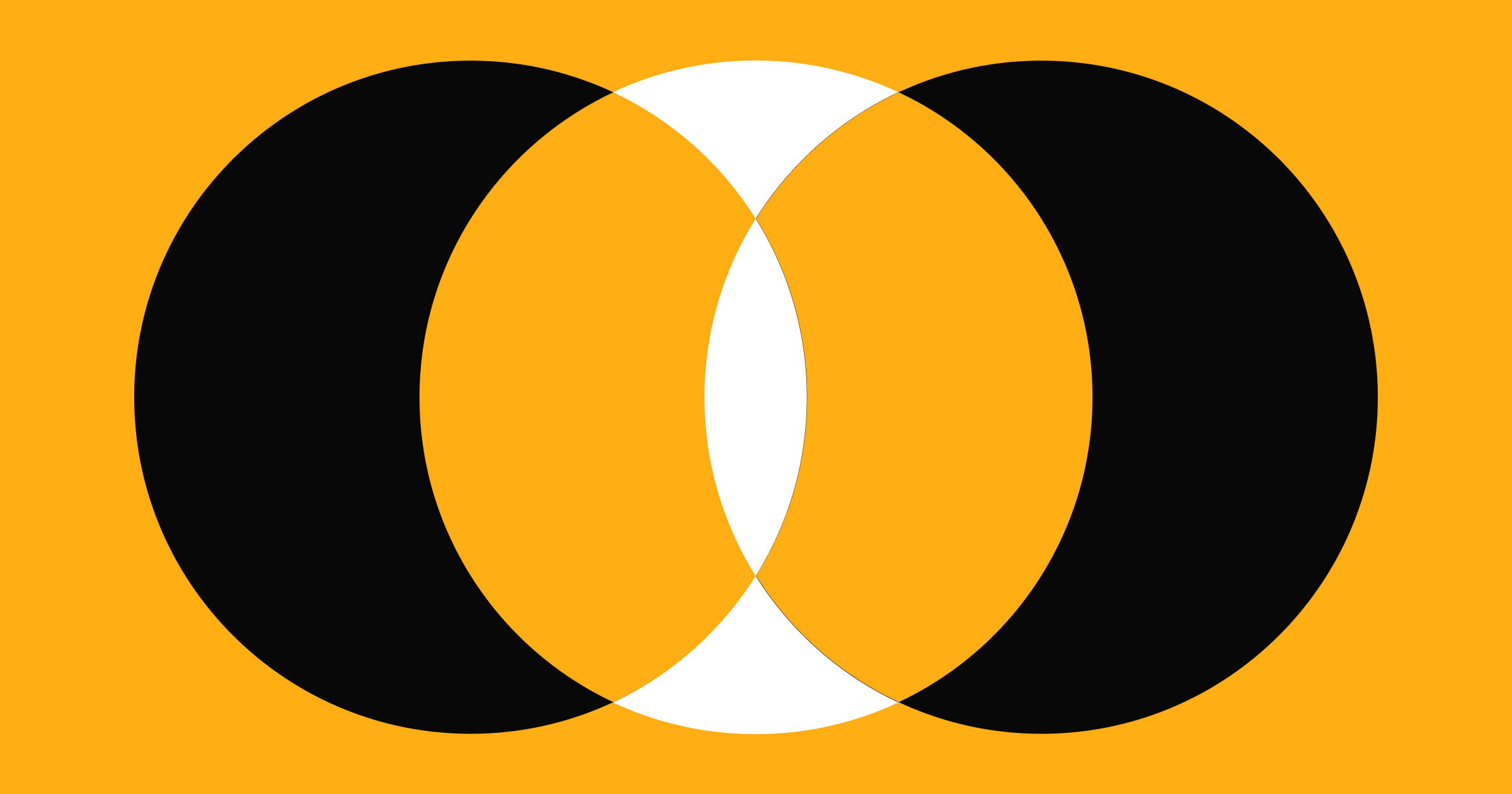Considering self-employment? Get to know the difference between freelance and contract work.
Because of the growing gig economy, more people are becoming freelancers and contractors rather than pursuing traditional 9-5 jobs.
But why is that? Is independent work better than salaried employment? And which is better — freelancing or contract work?
Know that one form of employment isn’t necessarily better than the other. Salaried employees and independent workers enjoy different benefits, but both forms of employment have their pros and cons. Read on to find out which is right for you.
What is a contractor?
An independent contractor is a self-employed worker who takes on temporary jobs on a contract basis. Contractors often work on one job at a time rather than balancing multiple gigs, and they may set their own rates or negotiate pay with clients.
According to the Internal Revenue Service (IRS), those who work independently in a trade, company, or profession and provide their services to the general public are considered independent contractors. Examples include:
- Doctors
- Dentists
- Veterinarians
- Lawyers
- Accountants
- Auctioneers
- Carpenters
It’s worth noting that all of these professions could also fall under the employee category, depending on the circumstances. For example, if a lawyer has an independent practice, they are a contractor. However, a lawyer could also work as an employee at a law firm.
What is a freelancer?
Freelancers, like contractors, are self-employed. However, unlike contractors, they typically work on a project-to-project basis for multiple clients simultaneously. Freelancers with longer contracts are generally hired on a retainer model, where a client receives a monthly service for a fixed price — almost like a subscription.
Rather than receiving a fixed salary, freelancers set their own rates, charging either by the hour or project. Hourly rates charge for the amount of time a project takes, while project-based rates are a one-time payment that the freelancer and client agree on beforehand.
Freelancers also choose the clients they want to work with. Once they have a solid portfolio, they can refuse projects that don’t align with their interests or that they don’t have time to complete. They also enjoy a great deal of flexibility by setting their own schedules and working without the oversight of managers.
Some common roles for freelancers include:
- Copywriters
- Video editors
- Web designers
- Graphic designers
Freelancing versus contracting
The terms “freelancer” and “contractor” are often used interchangeably, even though there are differences in how freelancers and contractors are hired and paid. Here are some key areas where these types of independent workers differ.
Clients: Freelancers often work with several clients simultaneously, while contractors tend to work with one client for a long-term period or with multiple consecutive clients over a year. A contract might demand full-time hours for several months, making it harder to work with multiple clients at once.
Project timelines: Freelancers work when they want, so it's common for them to take on short-term projects, especially when they charge hourly rates. Contractors often handle long-term or specialized projects.
Location: Freelancers and contractors offering digital services can work from home and don't require on-site attendance. However, some independent contractors — depending on the occupation — don’t have this option. For example, carpenters and electricians must attend job sites to offer their services.
Pay: Freelancers are either paid according to hourly rates or per project. Contractors usually have more flexible agreements with clients. They might be paid hourly, at regular intervals throughout their contracts, or in a lump sum at the end of their project.
Occupations: Freelancers and contractors can have similar occupations, although most freelancers offer digital and creative services like writing, photography, and graphic design.
Contractors often work in trades that require certifications or education to work in industries like medicine, legal, and finance. However, there are not hard lines between freelance versus contractor occupations.
Taxes and benefits: Both freelancers and contractors are responsible for paying self-employment taxes. While neither are entitled to typical employment benefits like health insurance or work equipment, some contract positions do offer stipends to offset the costs.
What’s the difference between a contractor and a salaried employee?
The fundamental distinction between contractors and employees is employment length. Employees are assumed to be hired at a company on a permanent contract until either the employee or the company decides to terminate the agreement.
Most salaried workers receive employee benefits and must work a fixed number of hours — usually around 40 hours per week. An employment contract also describes job responsibilities, company codes of conduct, and compensation.
Contractors, on the other hand, generally have an expiration date in their contracts. They might be contracted for a set amount of time or the length of one particular project. After that term ends, their relationship with the company is over unless the contract is renewed.
Independent contractors aren't entitled to employee benefits like bonuses, paid vacations, or dental and health insurance from a company as temporary employees.
Plus, when receiving pay, federal and state taxes aren't automatically deducted from a contractor's paycheck as there aren't any remittances. As a result, contractors are responsible for tracking and paying their own taxes.

Get started for free
Create custom, scalable websites — without writing code. Start building in Webflow.
What’s the difference between a freelancer and a salaried employee?
The differences between a freelancer and a salaried employee resemble those between an independent contractor and an employee. Freelancers don’t receive benefits like paid vacations or health insurance from their clients and are tied to each client on a short-term basis.
Part-time freelancers have traditional 9–5 jobs and engage in freelance work on the side. Some choose to transition from salaried jobs to full-time freelancing when they have strong client relationships and surpass their salaried income.
Like contractors, freelancers must pay their taxes and keep records of work-related expenses for tax deductions.
However, freelancers are usually the furthest removed from a company, consecutively working with several teams. They’re likely to have the most flexibility and a more adaptable skill set.
Comparing all three employment types
We’ve put a table together to illustrate the key differences between contractors and freelancers — we’ve also added salaried employees to help identify who’s who at a glance.
Importance of correct classification
You should always receive fair payment for your work, regardless of whether you're a full-time employee, freelancer, or contractor. Having a clear definition of your work helps define the types of projects and payments you should accept. Knowing your rights and privileges helps you ensure you’re compensated fairly and allows employers to look for the right profile of workers.
Make sure you read any freelance contracts thoroughly and go through the fine print before signing.
If you’re caught in a situation where you’re seen as an employee and not a contractor, the IRS offers a form that evaluates your eligibility for payment as a contractor in the United States and if a client mistakenly categorized you as an employee.
Start an independent work career
Freelancing and contracting provide benefits like remote work, multiple clients, and varied projects. However, work isn’t always guaranteed, and perks like insurance and paid vacations aren’t provided.
If you’re considering transitioning from salaried employment to independent work, it can be challenging, but many people have inspiring success stories after switching. We recommend taking on smaller gigs as a side hustle before jumping into freelancing or contracting full-time.
Once you’ve worked on a few projects, create a portfolio to put all your achievements in one place. Visual web development platforms like Webflow have all the tools, tutorials, and inspiration you need to build an online portfolio to kickstart your freelancing career.










.jpeg)




















